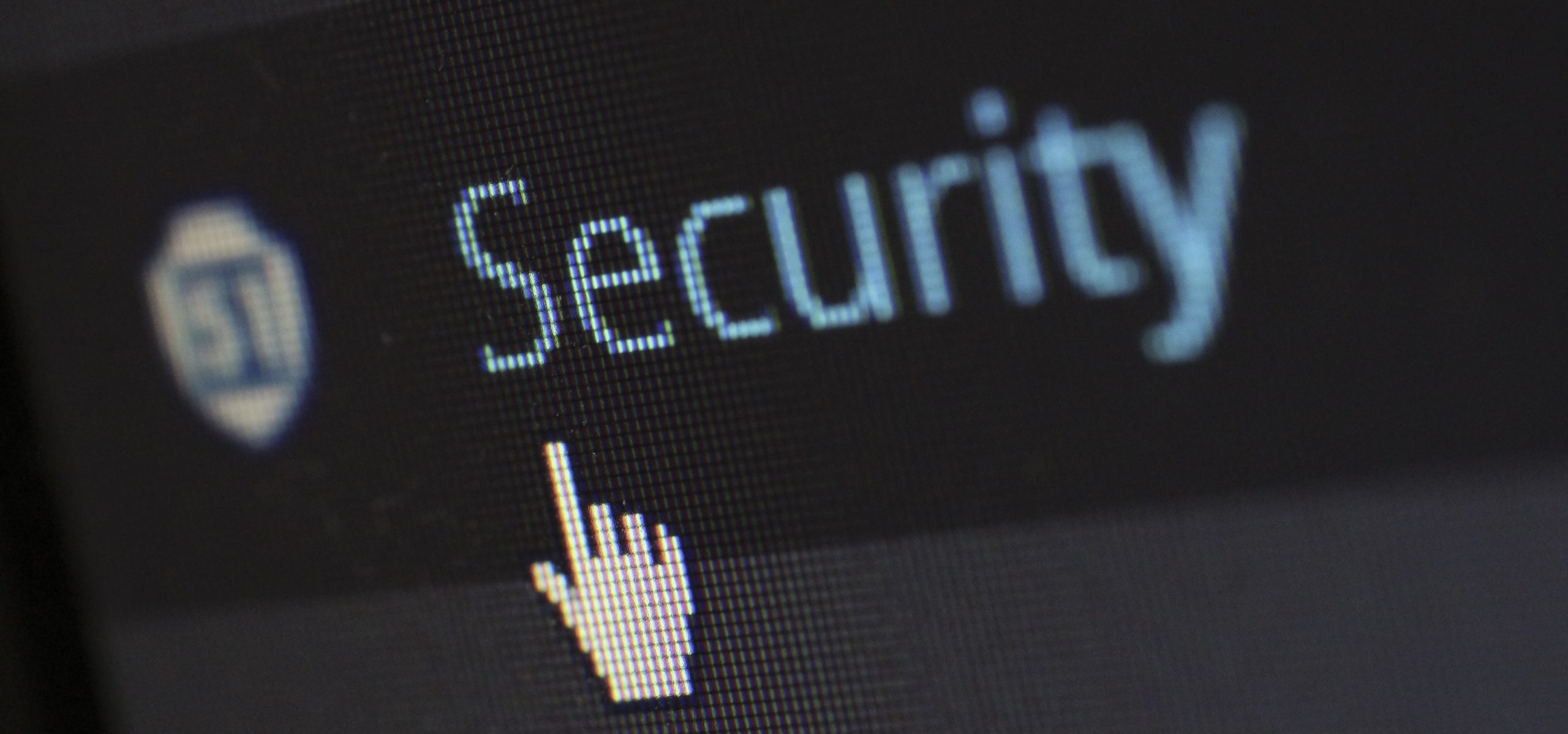Multi-factor authentication (or MFA) is a powerful tool to combat security vulnerabilities for both your personal accounts and your organization’s entire network. Here’s why it’s so important.
MFA adds at least one extra step to the log in process. You still need your email and password like always. But once you enter the correct information, you’ll need to provide a security code from a trusted device.
This security code isn’t something you need to keep track of like a password. In fact, it changes every time you use it. When you enter the correct password, MFA randomly generates a security code, and sends that code to a trusted location, such as SMS, email, app, or even your smartphone itself.
The point being? That security code is meant to be accessed by you and you alone. Someone might steal your password, but unless they also have physical access to the security code’s location, they’re out of luck.
Here’s MFA in action. You go to sign-in to your bank account. You enter your email, then your password, which are accepted. You’ll be taken to a new screen, asking for the MFA security code sent to your trusted location. You decided when setting up MFA to use SMS, so you receive a text from your bank with the code. Just enter the code from your messages, and you’ll be on your way to your money.
MERIT Solutions is one of the leaders in this field. The MSP’s clients have a near 100% participation rate in protecting their Microsoft cloud systems with MFA. MERIT announced the MFA requirement in June, so these clients all jumped on board the same month.
If all MSPs could encourage their clients to use MFA the way MERIT Solutions has, they would all greatly enhance their networks’ cybersecurity.



